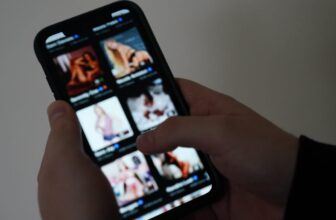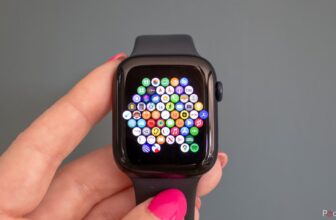The world is being ripped apart by AI-generated deepfakes, and the most recent half-assed makes an attempt to cease them aren’t doing a factor. Federal regulators outlawed deepfake robocalls on Thursday, like those impersonating President Biden in New Hampshire’s primary election. In the meantime, OpenAI and Google released watermarks this week to label pictures as AI-generated. Nonetheless, these measures lack the enamel essential to cease AI deepfakes.
“They’re right here to remain,” stated Vijay Balasubramaniyan, CEO of Pindrop, which recognized ElevenLabs because the service used to create the faux Biden robocall. “Deepfake detection applied sciences must be adopted on the supply, on the transmission level, and on the vacation spot. It simply must occur throughout the board.”
Deepfake Prevention Efforts Are Solely Pores and skin Deep
The Federal Communications Fee (FCC) outlawing deepfake robocalls is a step in the fitting route, in keeping with Balasubramaniyan, however there’s minimal clarification on how that is going to be enforced. At present, we’re catching deepfakes after the damage is done, and infrequently punishing the dangerous actors accountable. That’s manner too sluggish, and it’s not truly addressing the issue at hand.
OpenAI launched watermarks to Dall-E’s pictures this week, each visually and embedded in a photograph’s metadata. Nonetheless, the corporate concurrently acknowledged that this can be easily avoided by taking a screenshot. This felt much less like an answer, and extra like the corporate saying, “Oh effectively, at the very least we tried!”
In the meantime, deepfakes of a finance employee’s boss in Hong Kong duped him out of $25 million. It was a surprising case that confirmed how deepfake know-how is blurring the strains of actuality.
The Deepfake Downside Is Solely Going to Get Worse
These options are merely not sufficient. The difficulty is that deepfake detection know-how is new, and it’s not catching on as rapidly as generative AI. Platforms like Meta, X, and even your cellphone firm have to embrace deepfake detection. These corporations are making headlines about all their new AI options, however what about their AI-detecting options?
If you happen to’re watching a deepfake video on Fb, they need to have a warning about it. If you happen to’re getting a deepfaked cellphone name, your service supplier ought to have software program to catch it. These corporations can’t simply throw their palms within the air, however they’re actually attempting to.
Deepfake detection know-how additionally must get loads higher and turn into rather more widespread. At present, deepfake detection just isn’t 100% correct for something, in keeping with CopyLeaks CEO Alon Yamin. His firm has one of many higher instruments for detecting AI-generated textual content, however detecting AI speech and video is one other problem altogether. Deepfake detection is lagging generative AI, and it must ramp up, quick.
Deepfakes are actually the new misinformation, however it’s a lot extra convincing. There’s some hope that know-how and regulators are catching as much as handle this drawback, however specialists agree that deepfakes are solely going to worsen earlier than they get higher.
Trending Merchandise

Cooler Master MasterBox Q300L Micro-ATX Tower with Magnetic Design Dust Filter, Transparent Acrylic Side Panel…

ASUS TUF Gaming GT301 ZAKU II Edition ATX mid-Tower Compact case with Tempered Glass Side Panel, Honeycomb Front Panel…

ASUS TUF Gaming GT501 Mid-Tower Computer Case for up to EATX Motherboards with USB 3.0 Front Panel Cases GT501/GRY/WITH…

be quiet! Pure Base 500DX Black, Mid Tower ATX case, ARGB, 3 pre-installed Pure Wings 2, BGW37, tempered glass window

ASUS ROG Strix Helios GX601 White Edition RGB Mid-Tower Computer Case for ATX/EATX Motherboards with tempered glass…










